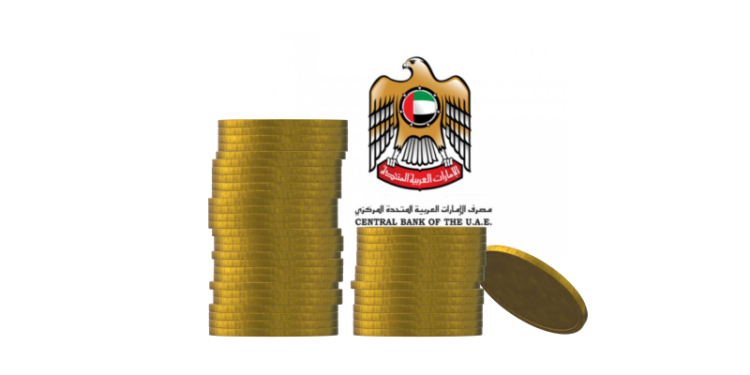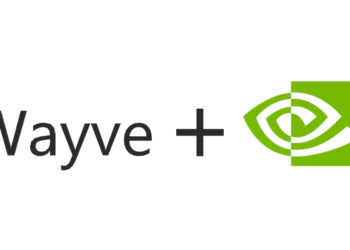The Central Bank of UAE on Thursday, launched its digital currency “The Digital Dirham” in Abu Dhabi.
Takeaway Points
- On Thursday, the CBUAE announced the launch of its digital currency, “The Digital Dirham,” in Abu Dhabi, its central capital district.
- According to the report, the launch will help the UAE in its “digitalization journey and solidify them as a leading global financial hub”.
- The launch was held with a signing ceremony with G42 and R3.
- The first phase of the CBUAE’s CBDC strategy will be completed in 12 to 15 months with three major pillars.
The launch of “The Digital Dirham”
The Central Bank of UAE, on Thursday, announced the launch of its digital currency “The Digital Dirham” in Abu Dhabi, their central capital district. According to the report, the launch will help the UAE in its “digitalization journey and “solidify the UAE as a leading global financial hub”. The CBUAE, together with G42 and R3, held the signing ceremony to mark the beginning of the execution of the CBUAE Central Bank Digital Currency strategy.
Governor of the CBUAE, H.E. Khaled Mohamed Balama, said that the launch of the CBDC strategy will help in the digitalization journey and promote financial inclusion.
“CBDC is one of the initiatives as part of the CBUAE’s FIT programme, which will further position and solidify the UAE as a leading global financial hub. The launch of our CBDC strategy marks a key step in the evolution of money and payments in the country. CBDC will accelerate our digitalization journey and promote financial inclusion. We look forward to exploring the opportunities that CBDC will bring to the wider economy and society.” Khaled said.
What is CBDC?
CBDC is a secure type of digital currency that is issued by a central bank as a type of payment and a store of value. The CBDC Strategy is a part of the UAE’s digital transformation, which will help to solve the problem of cross-border payments and other payments in the country.
How it all started
According to the CBUAE, CBDC initiatives started with some projects that were successful, including the project called “Aber” with the Saudi Central Bank in 2020. The project proved that a digital currency that two central banks issued could be used to settle cross-border payments. Another cross-border CBDC project conducted in 2022, according to the report, was the “mBridge” project with the Hong Kong Monetary Authority, the Bank of Thailand, the Digital Currency Institute of the People’s Bank of China, and the Bank for International Settlements.
CBUAE CBDC Strategy First Phase
The first phase of the CBUAE’s CBDC strategy will be completed in 12 to 15 months with three major pillars. This project will begin with the soft launch of mBridge to facilitate real-value cross-border CBDC transactions for international trade settlement, second is proof-of-concept work for bilateral CBDC bridges with India, one of the UAE’s top trading partners and the third is proof-of-concept work for domestic CBDC issuance covering wholesale and retail usage.
To increase digitalization and global financial inclusion, so many countries’ commercial banks, including Hungary and Thailand, last year did a cross-border CBDC transaction with a ledger.














